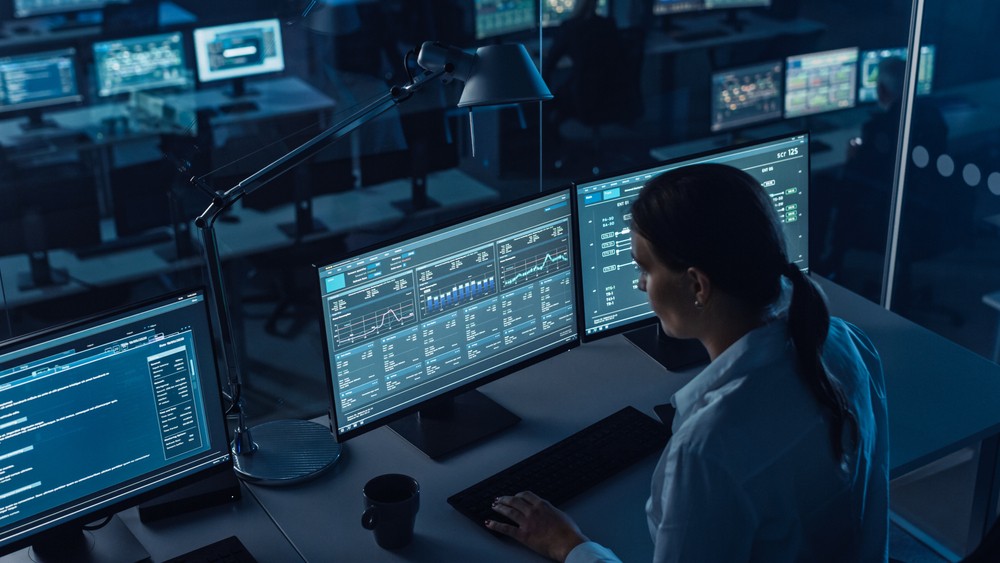Data Center Leaders provide infrastructure, CIOs set strategy and CTOs invest in technology, but no one group has the full sustainability picture.
When it comes to addressing a topic as big as Green House Gas (GHG) emissions there is a strong argument that the only viable solution begins with gaining an understanding of the carbon profile of the full digital infrastructure stack.
However, as we seek to build bridges it is important not to underestimate the challenge of building collaboration across IT and data center operations.
Given the hybrid nature of where IT resides, an assessment of the power use and GHG profile and of physical infrastructure must be done across legacy on prem data centers, directly purchased commercial colocation and across multiple cloud platforms (which themselves may be hosted in colocation data centres.)
This can only be achieved through collaboration, setting a common set of goals, agreeing standards, measurement procedures, processes, and even platforms. That relies on the accuracy and timeliness of data.
Roles and responsibilities
In terms of roles and responsibilities CIOs and CTOs who need to gain an understanding of the energy and carbon emissions profile of their digital infrastructure and operations have traditionally evaluated the top few layers of the IT stack.
These include the apps, development methodologies, software architectures, processor architectures and server, storage and networking infrastructure.
CIO and CTO thoughts might then turn to the best cloud strategy for their business. In today’s world in addition to costs, SLAs, flexibility and lock in considerations, carbon tracking and power use have now been added to the requirements and evaluation list.
In sustainability terms this also requires an understanding of the power purchasing and power profile of data centers where workloads will be hosted. This spans the cloud provider’s owned and operated and third-party commercial colocation data centers.
But often these latter considerations usually fall outside the responsibilities of the CIO or the CTO.
Traditionally in most organizations a different department has responsibility for evaluation of the physical infrastructure layers of the digital stack. This team may live within FM or within a dedicated data center cohort of Mechanical and Electrical Engineers (M+E). The data center folk.
These experts look after the physical infrastructure on which IT runs. The building in which it is housed, the power infrastructure (switchgear, UPSs, power generation, energy storage, racks and power distribution units) and the cooling infrastructure on which it depends to keep operating.
In sustainability and energy efficiency conscious times this all needs management, monitoring and measurement of where the electricity originates, grid distribution, the behind the meter power chain, where it goes, how it gets to the IT load and how much is used or goes to waste.
For a CIO or CTO this is often uncharted territory.
Collaboration driven by ESG and sustainability
This means a basic requirement for collaboration is, wherever possible, using a common approach to measuring everything from the carbon impact of the data center building, how it is powered at a MW level and how its power and cooling infrastructure is operated down to calculating server performance per watt.
A combined top down and bottom-up approach to measuring the sustainability impact of each layer of the stack can start to deliver tangible results.
For each layer of the stack consideration must be given to understanding power performance and carbon footprint of its underlying infrastructure.
Gathering and understanding such data will inform strategy while saving resources used in energy, water, space and time.
To reduce carbon emissions smart CIOs and CTOs and data center leaders need to create deeper engagement between IT and DC engineering teams.
Failure to do so will hold back digital sustainability strategies at the opportunity cost of cutting GHG emissions through digital transformation.
The end goal is cutting digital carbon footprint while opening the way for broader digital services that will drive business growth while improving corporate sustainability.




